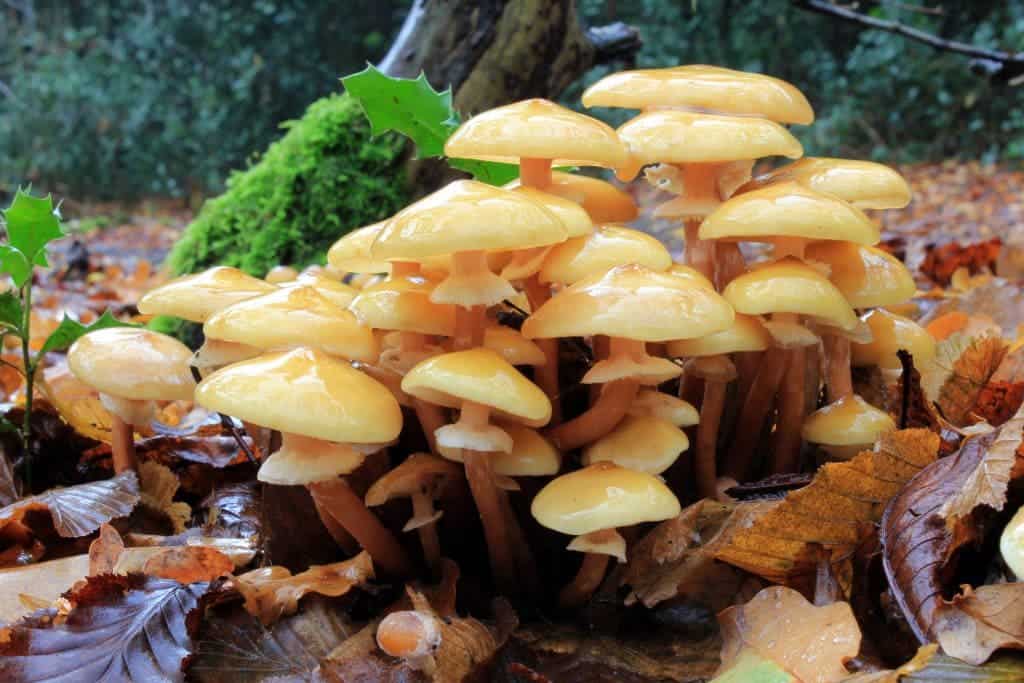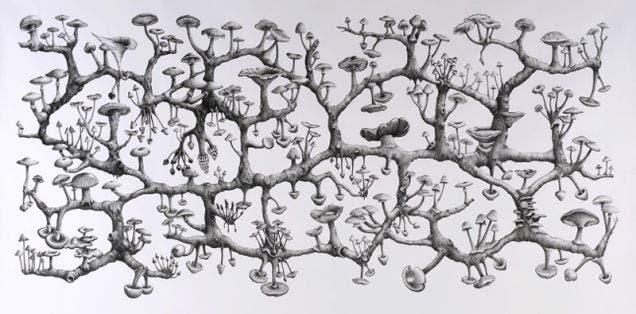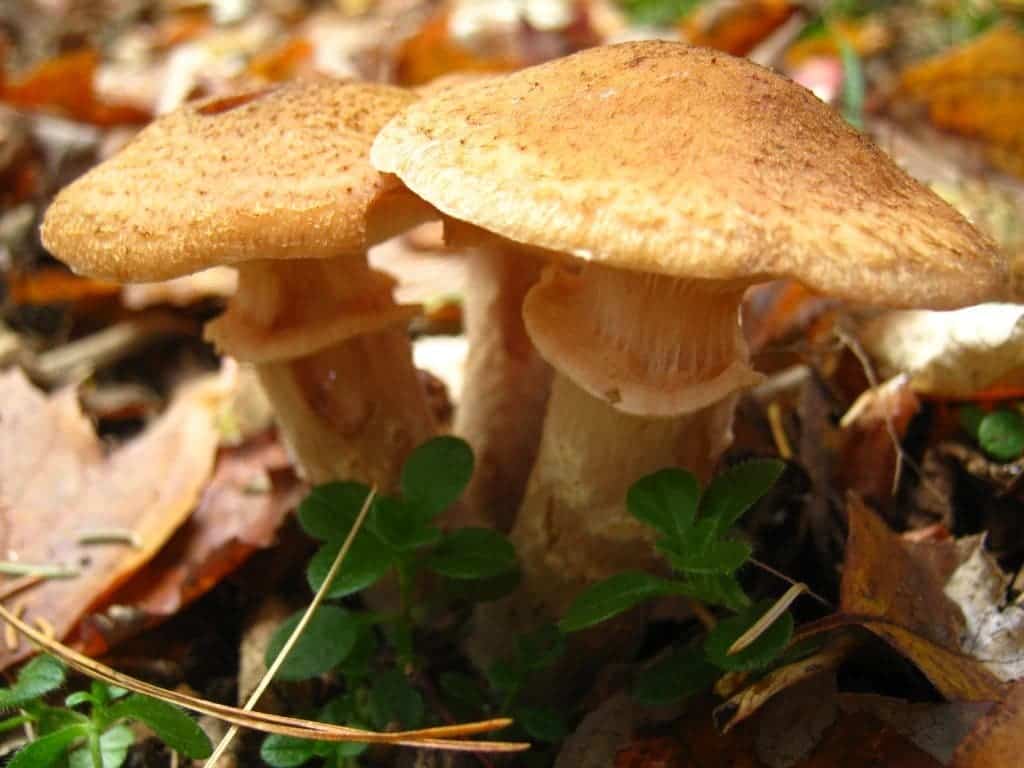If you want to know what the biggest organism in the world is, then you’re in for a big surprise – it’s not an elephant or a tree, it’s not even a blue whale! It’s 2 miles across, and you don’t even see most of it – because it’s a mushroom. That’s right, the largest living thing in the world is a mushroom: Armillaria solidipes (formerly Armillaria ostoyae) – also called the honey mushroom.

A delicious treat, a parasite… and incredibly large
If you ask different people about the honey mushroom, you’ll get different replies. For chefs, it’s a treat and a very tasty ingredient. Sauteed mushrooms or cream soup will satisfy even the most picky customer.
For a forester, they’re a curse – a lethal parasite which can destroy entire forests. But for some biologists, it’s a very interesting case study – because only recently did scientists learn how big these things can get. The largest reported individual measures 2.4 miles (3.8 km) across and can be found in the Blue Mountains in Oregon. The fungus colony in case is also over 2,400 years old , making it one of the oldest organisms in the world as well.
Most of the time, the honey mushroom reproduces sexually. The fungi begin their life as spores, released into the environment by a mature mushroom. When mycelia from genetically identical A. solidipes meet, they can fuse to form one individual. A very strange way of life has allowed them to endure through many centuries and thrive in such a way.

“These are very strange organisms to our anthropocentric way of thinking,” says biochemist Myron Smith of Carleton University in Ottawa, Ontario. An Armillaria individual consists of a network of hyphae, he explains. “Collectively, this network is called the mycelium and is of an indefinite shape and size.”
Fungus problems
In 1998, a team from the US Forest Service set out to understand why many trees were failling off in the Malheur National Forest in east Oregon. They took aerial pictures and samples from the site, and it didn’t take long to understand that the main cause was the honey fungus Armillaria solidipes (previously known as Armillaria ostoyae).
As the Forest Service studied the tree samples in the lab, they noticed something striking – 61 of the trees had been struck down by the same clonal colony – which basically means that they were dealing with some really huge organisms.
“People had ideas that maybe they were big but nobody had any idea they were that big,” says Tom Volk, a biology professor at the University of Wisconsin–La Crosse. “Well it’s certainly the biggest publicity that mycology is going to get—maybe ever.”

The problem with Armillaria is that it can remain viable in stumps for 50 years – and it’s almost impossible to get it out. Chemical treatments do not eradicate the fungus entirely, and they are not cost-effective. Studies showed that adding another fungus might eliminate it, but so far, this approach hasn’t been successfully applied in the field.
Current status
Even though from a biological point of view, the species is remarkable, most people would just rather see it destroyed; after all, it is a parasite, and can cause massive damage. But it does raise a few interesting questions. First of all, what can be defined as a single organism?
“It’s one set of genetically identical cells that are in communication with one another that have a sort of common purpose or at least can coordinate themselves to do something,” Volk explains. Do mushrooms really fall into this category?
The answer is ‘yes’. A. solidipes clonal colony passes the test based on a definition of being made up ofgenetically identical cells that can communicate, and that have a common purpose or can at least coordinate themselves. This mushroom is one organism, and a huge one at that.
The second question is if we should protect extraordinary life just because it is extraordinary. In other words, should huge individuals be given a free pass and be allowed to rampage through the forests, destroying tree after tree? The answer here is most likely ‘no’. If you’re a parasite, you have to go. It doesn’t matter if you’ve been around for 2,400 years, and it doesn’t matter if you can cover 10 football fields.






